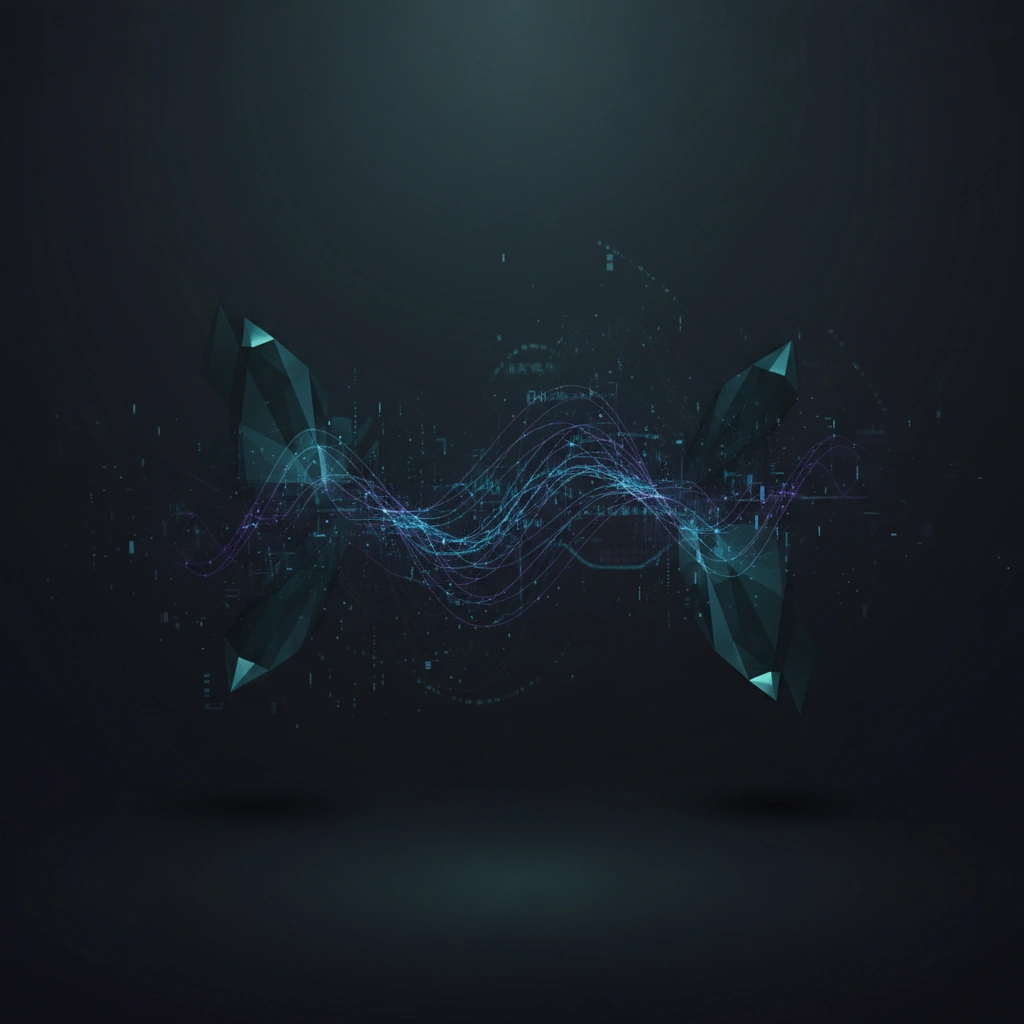Neural Network Training Fundamentals: A Technical Guide
Deep dive into the technical foundations of training neural networks, covering backpropagation, gradient descent, optimization algorithms, and the mathematical principles that power modern AI systems from video generation to deepfakes.

Understanding how neural networks learn is fundamental to grasping the capabilities and limitations of modern AI systems—from the generative models creating synthetic videos to the discriminators detecting deepfakes. This technical exploration breaks down the training process that makes all deep learning applications possible.
The Foundation: Forward and Backward Propagation
Neural network training relies on two fundamental processes working in tandem. Forward propagation pushes input data through the network layers, applying weights and activation functions to generate predictions. This is the inference process—what happens when a trained model generates a deepfake or classifies an image.
But learning happens during backpropagation, the algorithm that revolutionized deep learning. When the network makes predictions, a loss function quantifies how wrong those predictions are. Backpropagation then calculates gradients—the direction and magnitude each parameter should change to reduce that error—by applying the chain rule of calculus backward through the network.
This mathematical elegance enables networks with millions or billions of parameters to learn efficiently. Every weight in a video generation model like Stable Diffusion or face-swapping architecture learned its value through this gradient-based optimization process.
Gradient Descent: The Learning Algorithm
Gradient descent is the optimization workhorse of deep learning. The algorithm follows a simple principle: move parameters in the direction opposite to the gradient to minimize loss. The learning rate determines step size—too large and training becomes unstable, too small and learning crawls.
Stochastic Gradient Descent (SGD) updates parameters using individual training examples or small batches, introducing noise that can help escape local minima. Mini-batch gradient descent balances computational efficiency with gradient accuracy by processing small groups of examples simultaneously.
Modern implementations rarely use vanilla gradient descent. Advanced optimizers like Adam (Adaptive Moment Estimation) maintain running averages of gradients and their squares, adapting learning rates for each parameter individually. This proves crucial for training complex architectures like GANs used in deepfake generation, where different network components may require different learning dynamics.
The Learning Rate Problem
Choosing appropriate learning rates remains one of training's most critical challenges. Too high causes divergence—loss increases rather than decreases. Too low means prohibitively slow training and potential entrapment in poor solutions.
Practitioners employ several strategies: learning rate scheduling decreases rates during training, typically after the network learns coarse patterns. Warm-up periods gradually increase rates at training start, stabilizing early optimization. Cyclical learning rates vary between bounds, potentially helping networks escape saddle points.
For large-scale models generating synthetic media, learning rate tuning often determines training success or failure. Video generation models may train for weeks—improper learning rates waste significant computational resources.
Regularization: Preventing Overfitting
Neural networks can memorize training data rather than learning generalizable patterns—a critical issue for authenticity detection systems that must identify novel deepfakes, not just recall training examples.
L1 and L2 regularization add penalty terms to the loss function, discouraging large weights. L1 promotes sparsity (many weights near zero), while L2 keeps weights generally small. Dropout randomly deactivates neurons during training, forcing the network to develop redundant representations that generalize better.
For deepfake detectors, proper regularization ensures the model identifies authentic manipulation artifacts rather than overfitting to specific datasets or generation methods.
Batch Normalization and Training Stability
Deep networks face internal covariate shift—as early layers update during training, they change the distribution of inputs to later layers. Batch normalization normalizes layer inputs to have consistent mean and variance, stabilizing training and enabling higher learning rates.
This technique proved transformative for training very deep architectures, including the ResNets and Transformers underlying modern video generation systems. It also acts as a regularizer, reducing overfitting.
Monitoring Training Progress
Effective training requires continuous monitoring. Practitioners track training and validation loss curves—divergence signals overfitting. Gradient magnitudes reveal learning dynamics; vanishing gradients indicate information isn't flowing through the network, while exploding gradients suggest instability.
For generative models creating synthetic media, qualitative evaluation matters equally. Generated samples visualized during training reveal whether the model learns meaningful patterns or collapses to repetitive outputs.
Practical Implications
These training fundamentals directly impact AI video and authenticity technologies. Deepfake generators require careful optimization to produce convincing results without mode collapse. Detection systems need robust training to generalize across generation methods. Understanding these mechanisms helps practitioners build more effective systems and researchers develop better architectures.
The same principles training a simple classifier scale to foundation models with hundreds of billions of parameters. Whether building synthetic media tools or developing detection methods, mastering neural network training fundamentals remains essential for advancing the field.
Stay informed on AI video and digital authenticity. Follow Skrew AI News.



